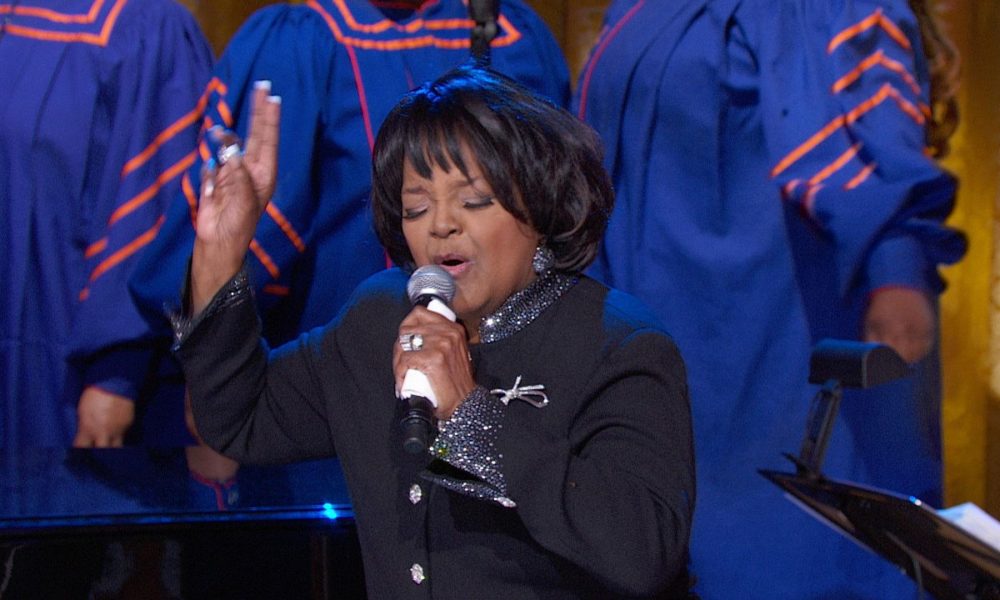While music has been used as a way of worship for over 2000 years, the gospel genre wasn’t fully realized until the early 18th century.
The Bible does reference the use of hymns, or songs of praise, where it states, “When you meet together, sing psalms, hymns, and spiritual songs,” stated in Ephesians 5:19.
There are early traces in Europe, specifically Scotland, of “hymn lining” in the early 17th century, a form of singing where one would sing a solo and a group would follow along, presenting an early variation of what would ultimately become the more traditional gospel music.
Meanwhile, across the Atlantic, the rise of slavery had begun and European settlers of the newfound colonies in North America had started to enslave Africans and use them for cheap labor.
Due to their enslavement, they were often forced to convert to Christianity. Slave owners would even require them to attend church where they would learn of the faith and would often be led by a preacher singing hymns.
Over time, as they would work under harsh conditions, slaves would begin to sing these variations of the hymns they learned at the services they attended.
The songs that they would make together would become a major factor in the lives of slaves. It became one of their only outlets to allow themselves to cope with the hardships they had to endure and granting them a way to uplift and inspire each other.
The earliest traces of gospel music was in the mid-1700s when writers and members of the Anglican Church, Augustus Toplady and John Newton, developed the earliest versions of gospel-based hymns. The majority of the music written was either interpolated or adopted from African-American gospel music in an effort by Newton to assist in the abolition movement to help end slavery.
In 1874, composer and writer Philip Bliss released a songbook titled, “Gospel Songs: A Choice Collection of Hymns and Tunes.” It was incredibly popular at the time for houses of worship, especially in small rural areas of the country and was considered a new style of church music.
By the end of the century, gospel music became quite popular, more singers and songwriters created and adapted to the genre like George F. Root, Fanny J. Crosby, and Charles H. Gabriel.
The early 20th century demonstrated the popularity of gospel music closely followed by the rise of black gospel music by singers and artists like Sister Rosetta and quartets like the Five Blind Boys of Mississippi.
The emergence of the Black gospel music genre was much quicker than anything before and is much closer in resemblance to what traditional gospel is today. It has become an established genre for mainstream music,not just for houses of worship.
In 1964, the Gospel Music Association would be responsible for many advancements in the industry such as the Dove Awards in 1969 and the Gospel Music Hall of Fame in 1972.
Gospel music has come quite far since its inception with all of its troubled histories. However, just like its music and lyrics, it paints a story that is meant to uplift and just might possibly continue to do so, for centuries to come.




